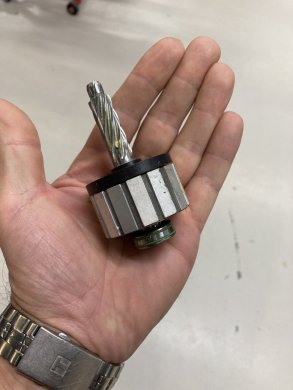Hi, I have a Stance e+2 and wanted to ask if it's normal to have a lot of resistance while pedaling with the motor off (it's like going uphill)
Even on a flat road it seems like the clutch? engages and slows down the bike like it happens when the motor is on and hitting the speed limit.
Also what I noticed is that the resistance increases gradually when I apply more torque to the pedals. Is this normal or should I go to the dealer to check it out?
Even on a flat road it seems like the clutch? engages and slows down the bike like it happens when the motor is on and hitting the speed limit.
Also what I noticed is that the resistance increases gradually when I apply more torque to the pedals. Is this normal or should I go to the dealer to check it out?
Last edited:

